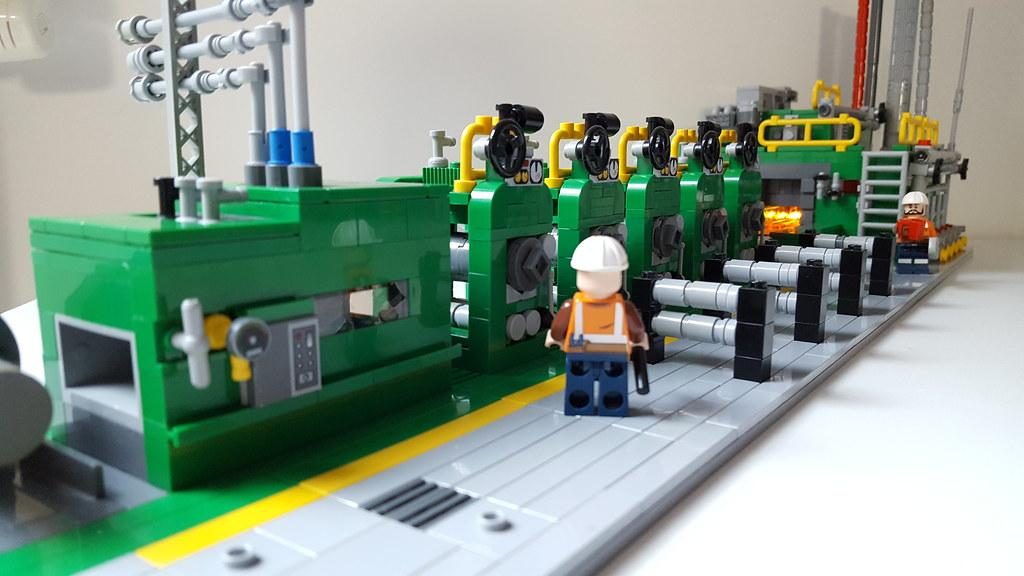Finding financing in the current economic climate can be challenging, whether you’re looking for capital to expand your business or cash to get you through the tough times. Many businesses are financing or leasing their equipment as a way to save money if they don’t have the cash flow or the credit to buy what they need. In fact, according to one survey, 68% of the total value of equipment in the US was acquired through the use of equipment finance leasing. Out of the 68%, 39% was leased, 16% was through the use of a loan, and 13% was a line of credit.
Working with a leasing company can be a simple and productive process if done right. We broke down the top five mistakes that businesses make when leasing equipment and how to avoid them, so you only experience positives when working with a leasing company.
1. Not Undertaking Thorough Research
Finding the right leasing company is paramount to getting the best deal. There are several different equipment leasing companies out there to work with, all of which have their own strengths and specializations. Researching which companies have experience operating in your industry and knowledge that pertains to your sector is crucial. For example, if you are looking to lease medical imaging equipment, forming a partnership with trusted industry professionals who have experience working with hospitals, healthcare facilities, and imaging centers, will likely be more effective than working with a general leasing company as they will have a better understanding of the equipment and pricing.
2. Overspending on Equipment
One of the main effects of not conducting thorough research about equipment leasing is that you can end up overspending on the equipment you receive. With this in mind, it is much more effective and cost-efficient to make sure you get the right equipment for what you need, as opposed to just the most expensive or most upgraded version. To achieve this, partner with seasoned professionals with industry insight, especially if it is your first time leasing equipment, to avoid this pitfall that a lot of organizations fall into. By doing this, you allow yourself to only buy the necessary equipment meaning you won’t be wasting large amounts of money when you are looking to run your business efficiently.
3. Overestimating Production Needs
It can be easy to overpay on leasing if you overestimate your production needs. This can be a costly mistake if your business happens to slow down over time. When it comes to estimating equipment and technology requirements, there are several factors to consider ensuring you are equipped to get the job done:
- Find out how many units you can produce with a given piece of equipment or how regularly the equipment will be used. You may uncover that you do not need to spend a lot to meet demands.
- Seasonal fluctuations need to be considered heavily. Many organizations may become overly optimistic with projections during peak times.
- Have a couple of years of sales data so you can accurately forecast how much equipment you will need to keep up with demand. You can always add more equipment to your lease agreements if demand is higher than expected.
4. Poor Communication
As with any working partnership, communicating clearly and directly is a key facet to achieving success. A mistake many companies make is to work with a leasing company that is rigid, opaque and has no direct channels of communication that you can access when you need to. These inefficiencies can cause delays and a lower quality of service that you provide to your customers.
By finding a trusted leasing company that you can contact throughout every stage of the leasing process to receive expert advice from, you will be better prepared to handle everything from logistics and financing to in-depth technical knowledge. All of which means you can provide a premium level of service to your clients.
5. Not Monitoring Results Effectively
One of the biggest mistakes facilities make is not monitoring the usage of their leased equipment closely. Conditional monitoring of the equipment will help operators make more informed decisions about performance optimization and maintenance needs. Monitoring your equipment is also important to ensuring you see a positive return on your investment. Observing how the leased equipment has affected your facility’s operations will allow you to adjust your approach for optimal productivity.
If you are not constantly assessing the effectiveness of your leased equipment and communicating repeatedly with your leasing company, you will suffer as a result. When monitoring your equipment, ask yourself the following questions:
- Are you regularly using your equipment?
- How has it improved your business operations?
- How much time and money do you need to spend on maintenance?
- Do your employees find that the equipment is easy to use?
- Do they require further training to use the equipment?
- Will you continue to need the equipment once the lease has expired?
- Would an upgraded version of the equipment serve you better?
If the answers to these questions seem wildly different from what your initial expectations, reassess your options. If you uncover that your employees need further training or that an upgraded machine would improve effectiveness, discuss these issues with your leasing company to get the most out of your machine.
Final Thoughts
In summary, by partnering with an experienced leasing company and avoiding these mistakes that many organizations make when leasing equipment, you will find leasing has many benefits over purchasing equipment outright.
By avoiding common mistakes such as:
- Not undertaking thorough research
- Overspending on equipment
- Overestimating production needs
- Poor communication
- Not monitoring results effectively
You will be able to get the most out of your leasing arrangement and see your business grow.
